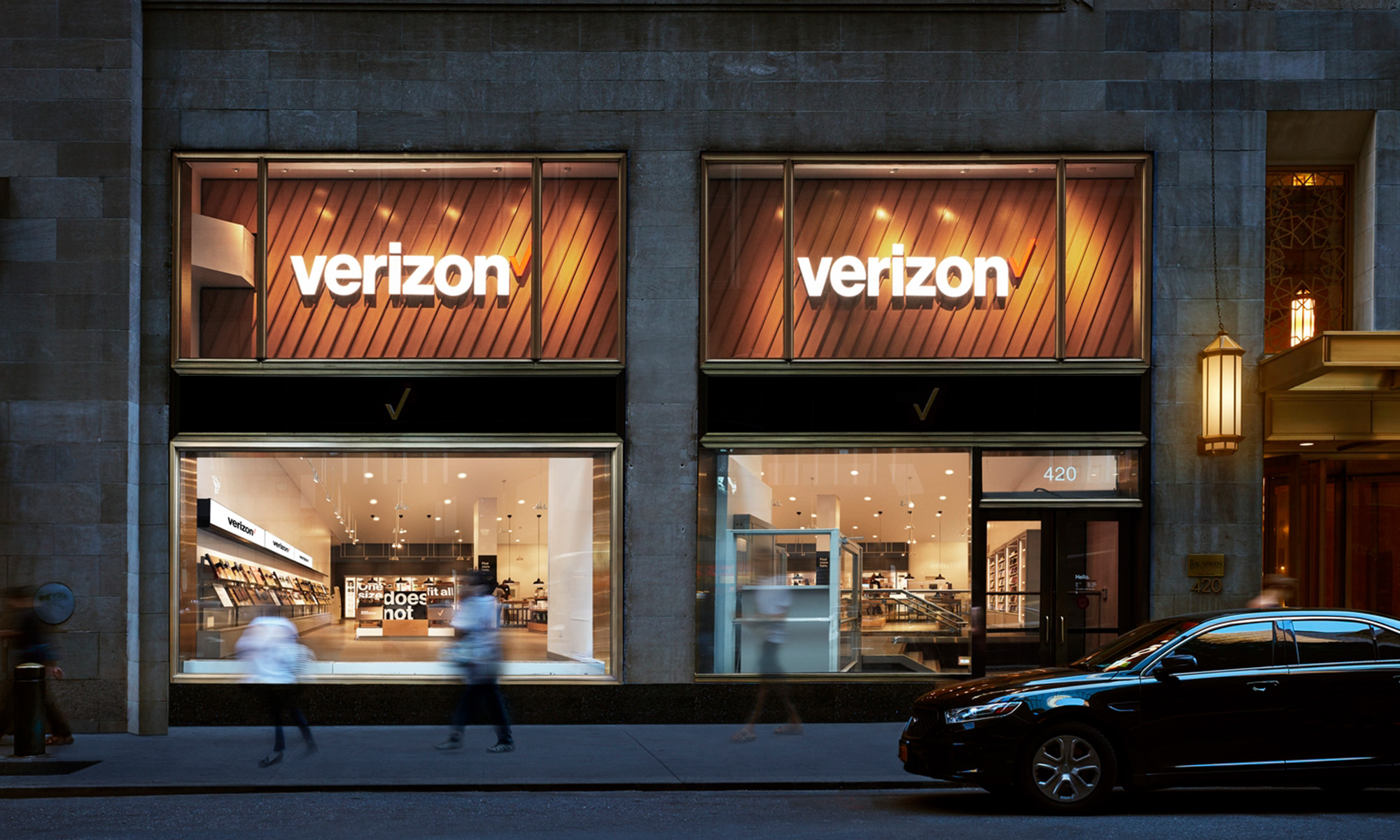Last week, I wrote an article on when to ignore a company's price-to-earnings ratio (P/E). In a nutshell, the popular metric can become skewed when a company is temporarily spending lots of money to build an impenetrable moat around itself.
While readers appreciated the article, they were left wondering what metrics should be used when P/E doesn't matter. Earlier this week, I showed how growth rates could be of use in valuing highfliers.
Today I'm focusing on an industry that has sky-high P/Es that nevertheless shouldn't worry you. Most of these stocks offer up mouthwatering dividends as well. At the end, I'll offer you access to a special free report that highlights nine more dividend stalwarts.
But first, a quick lesson
Most investors tend to zero in on earnings as the all-important number when investing. Though earnings certainly are important, there's more to the story. Because earnings are reported using the accrual method, companies may not yet have collected all of the money that they say they've earned. Things like accounts receivable and payable, depreciation, and asset writedowns are included in earnings -- but they don't immediately affect the amount of money a company has in the bank.
If I were running my own lemonade stand -- which I realize is very different from a publicly traded company -- I would be far more concerned with how much cash was coming in and going out. But with some companies, esoteric calculations lead to earnings that can vary significantly from cash flow.
The most important number to focus on is free cash flow. This is the amount of money a company gains from operating activities (normal business) minus capital expenditures (money spent on infrastructure).
An industry built on free cash flow
In no industry is the spread between earnings and free cash flow more evident than telecommunications. These companies invest billions to build out their networks -- whether it be building landlines or increasing bandwidth capacity for mobile users. Because companies are usually forced to take massive hits on the depreciation and amortization of their infrastructure, earnings are much lower than free cash flow -- even though no money is actually leaving the company's pockets.
Take a look at some of the valuations based on P/E of the following companies, and then compare that with how the company is valued if free cash flow replaces earnings in the equation (P/FCF).
|
Company |
P/E |
P/FCF |
|---|---|---|
| Frontier (Nasdaq: FTR) | 28 | 5 |
| CenturyLink (NYSE: CTL) | 42 | 11 |
| AT&T (NYSE: T) | 48 | 14 |
| Verizon (NYSE: VZ) | 44 | 8 |
Sources: Yahoo! Finance, company SEC filings. All ratios are trailing 12 months and rounded to the nearest whole number.
As you can see, any investor focusing too much on P/E -- and not enough on P/FCF -- would be completely misreading the situation here.
Of course, super-low P/FCF numbers don't make for an automatic buy, either. If companies are growing free cash flow by only 3% to 4% per year, one could argue that these companies are reasonably priced. Here's how free cash flow has grown at each of these companies between 2009 and 2011.
|
Company |
FCF in 2009 |
FCF in 2011 |
Average Growth |
|---|---|---|---|
| Frontier | $0.5 billion | $0.8 billion | 24% |
| CenturyLink | $0.8 billion | $1.8 billion | 50% |
| AT&T | $17.9 billion | $14.5 billion | (10%) |
| Verizon | $14.5 billion | $13.5 billion | (3.5%) |
Source: Yahoo! Finance.
Frontier and CenturyLink have been able to grow free cash flow nicely. AT&T and Verizon, on the other hand, are industry behemoths that are spending lots of money to upgrade their networks to lead the country's mobile revolution.
One might wonder, though, why someone would be willing to pay up for an AT&T or Verizon, let alone their two smaller counterparts. The answer is, in a word: dividends. No matter which way you cut it, having more than $10 billion in free cash flow per year is quite the accomplishment -- especially when you return a good portion to shareholders. Here's how our four companies fare on the dividend-paying front.
|
Company |
Dividend Yield |
|---|---|
| Frontier | 11.5% |
| CenturyLink | 7.3% |
| AT&T | 5.2% |
| Verizon | 4.9% |
Source: Yahoo! Finance.
This isn't necessarily limited to one industry
Telecoms aren't the only companies that have wide discrepancies between free cash flow and earnings. Any company that has to invest large sums in infrastructure and then take depreciation hits year after year could qualify.
Sirius XM Radio (Nasdaq: SIRI), for instance, has a P/E of 25 yet a P/FCF of 17. That may not seem like a big difference, but if investors were willing to pay 25 times free cash flow, the stock's price would go up by 47%!
In no way am I saying that any of these companies are automatic buys based solely on the free cash flow situations. Instead, I'm offering up alternative metrics to evaluate them on -- other than just their P/E.
Many of these stocks offer mouthwatering dividends. If investing in dividends is what keeps your portfolio humming, I suggest taking a look at our latest special free report on nine rock-solid dividends. Our analysts have hand-picked their favorite dividend stocks to help bring your retirement portfolio to prosperity. Get your copy today, absolutely free.







